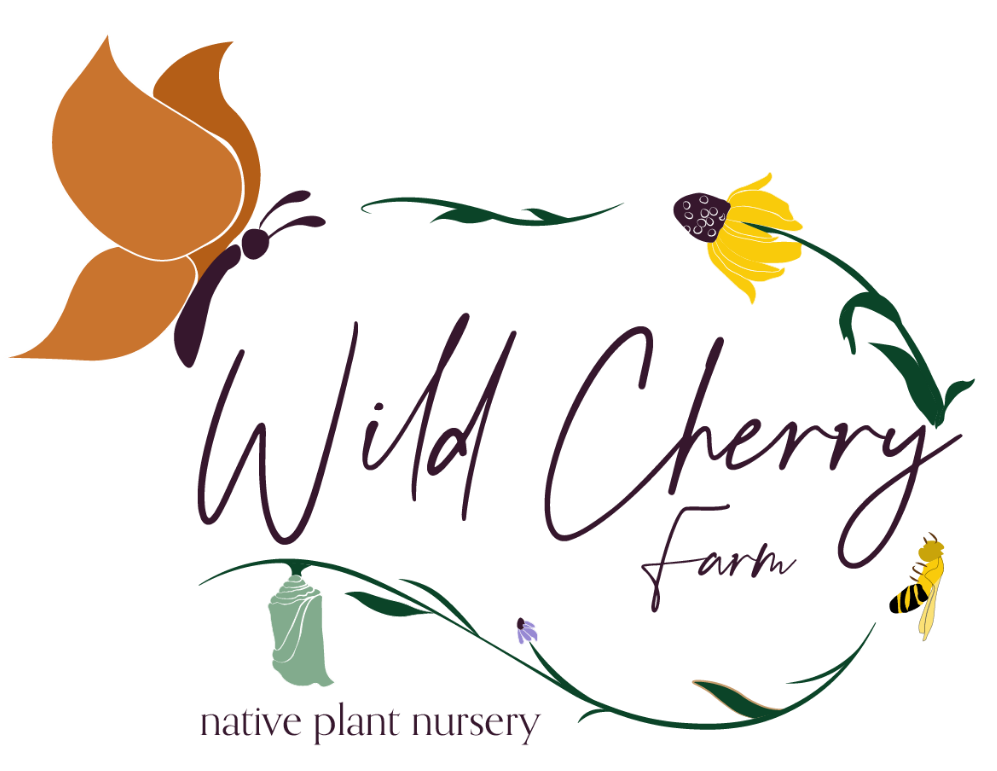Red Chokeberry (Aronia arbutifolia)
Red Chokeberries provide high wildlife value to any garden. In early spring the abundant flowers provide nectar and pollen to many of our native bees including mason, miner, and bumblebees. It is a host plant to the Coral hairstreak and 2 other species of butterflies and moths (Johnson and Colla, 2023). The showy but astringent fruit persist well into winter and birds, such as the Ruffed Grouse and Cedar Waxwing use Chokeberries as a food source and the berries are likely to be eaten by various mammals. Red Chokeberry seems to be browsed by rabbits and deer to a limited extent. In damp soils it can sucker into small colonies, so keep this in mind when choosing your planting location.
Photo credit: Gertjan Van Noord and Mr. Timmd
Red Chokeberries provide high wildlife value to any garden. In early spring the abundant flowers provide nectar and pollen to many of our native bees including mason, miner, and bumblebees. It is a host plant to the Coral hairstreak and 2 other species of butterflies and moths (Johnson and Colla, 2023). The showy but astringent fruit persist well into winter and birds, such as the Ruffed Grouse and Cedar Waxwing use Chokeberries as a food source and the berries are likely to be eaten by various mammals. Red Chokeberry seems to be browsed by rabbits and deer to a limited extent. In damp soils it can sucker into small colonies, so keep this in mind when choosing your planting location.
Photo credit: Gertjan Van Noord and Mr. Timmd
Red Chokeberries provide high wildlife value to any garden. In early spring the abundant flowers provide nectar and pollen to many of our native bees including mason, miner, and bumblebees. It is a host plant to the Coral hairstreak and 2 other species of butterflies and moths (Johnson and Colla, 2023). The showy but astringent fruit persist well into winter and birds, such as the Ruffed Grouse and Cedar Waxwing use Chokeberries as a food source and the berries are likely to be eaten by various mammals. Red Chokeberry seems to be browsed by rabbits and deer to a limited extent. In damp soils it can sucker into small colonies, so keep this in mind when choosing your planting location.
Photo credit: Gertjan Van Noord and Mr. Timmd
Life Cycle: Perennial
Sun Exposure: Full-Partial shade
Soil Moisture: Medium-wet, Medium, Medium-dry
Height: 5-8 feet
Plant Spacing: 3-5 feet
Bloom Time: Spring
Bloom Color: White
Advantages: Pollinator Favorite
Host Plant: Coral hairstreak and 2 other species of butterflies and moths may use this as a caterpillar host plant (Johnson and Colla, 2023)
Resource: Johnson, Lorraine, and Sheila Colla. A Northern Gardener’s Guide to Native Plants and Pollinators: Creating Habitat in the Northeast, Great Lakes, and Upper Midwest. Island Press, 2023








